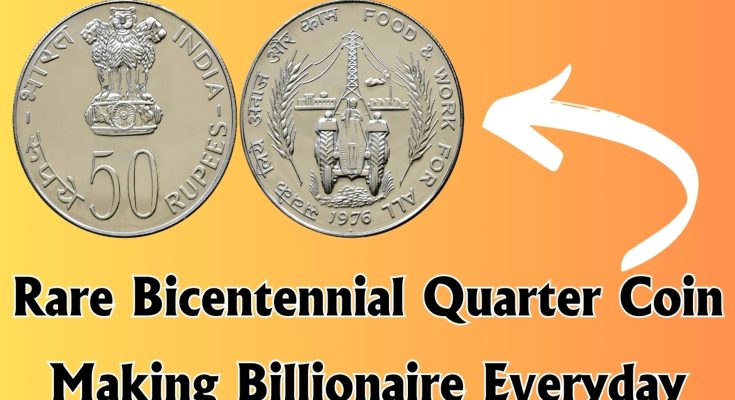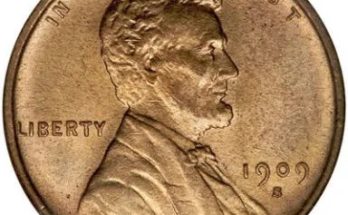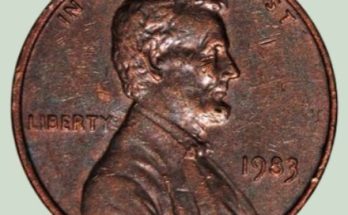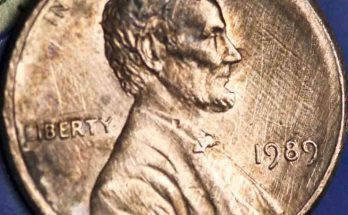In the realm of numismatics, few coins evoke as much interest and excitement as the Bicentennial Quarter.
Struck in 1975 and 1976 to commemorate the 200th anniversary of the United States, this quarter is not just a piece of currency; it represents a significant moment in American history.
This article explores the fascinating story behind the Bicentennial Quarter, its design, variations, market value, and why it continues to captivate collectors.
Historical Context: Celebrating 200 Years of Independence
The Bicentennial Quarter was introduced as part of a broader celebration of the United States’ 200th anniversary of independence.
The year 1976 marked a significant milestone, and the U.S. government organized various events and initiatives to commemorate this occasion.
The Mint sought to engage citizens and foster a sense of national pride through the release of special coins.
The Bicentennial Celebration
The Bicentennial celebration was marked by parades, fireworks, and historical reenactments across the country.
The U.S. Mint decided to produce a series of coins, including quarters, half dollars, and dollar coins, featuring unique designs that reflected the spirit of the celebration.
These coins were not only intended for circulation but also aimed at collectors who wanted to own a piece of history.
The Design: A Symbol of Unity and History
The design of the Bicentennial Quarter is one of its most distinctive features.
The coin features a unique reverse side that showcases a depiction of a drummer boy, a symbol of the American Revolution.
The design was created by the renowned artist Jack L. Ahr, who was selected for his ability to capture the essence of American history.
The Bicentennial Celebration
The Bicentennial celebration was marked by parades, fireworks, and historical reenactments across the country.
The U.S. Mint decided to produce a series of coins, including quarters, half dollars, and dollar coins, featuring unique designs that reflected the spirit of the celebration.
These coins were not only intended for circulation but also aimed at collectors who wanted to own a piece of history.
The Design: A Symbol of Unity and History
The design of the Bicentennial Quarter is one of its most distinctive features.
The coin features a unique reverse side that showcases a depiction of a drummer boy, a symbol of the American Revolution.
The design was created by the renowned artist Jack L. Ahr, who was selected for his ability to capture the essence of American history.
Variations of the Bicentennial Quarter
While the Bicentennial Quarter is primarily known for its unique design, there are variations that collectors should be aware of.
The two main types of Bicentennial Quarters are:
- Standard Bicentennial Quarter: This is the most common version, struck in both 1975 and 1976. It features the drummer boy design on the reverse and is made of a copper-nickel alloy.
- Silver Bicentennial Quarter: A limited number of Bicentennial Quarters were struck in 40% silver, primarily for collectors. These coins were produced as part of special sets and are more valuable than their standard counterparts.
Mint Marks
The Bicentennial Quarter also features mint marks that indicate where the coin was produced. The three main mints are:
- Philadelphia Mint (no mint mark): Coins produced here do not have a mint mark.
- Denver Mint (D): Coins produced at the Denver Mint have a “D” mint mark.
- San Francisco Mint (S): Coins produced at the San Francisco Mint have an “S” mint mark and are typically the silver versions.
Collecting the Bicentennial Quarter
For collectors, the Bicentennial Quarter represents both a piece of history and an opportunity for investment.
The coin’s popularity has led to a thriving market, with prices varying based on condition, mint mark, and whether it is a silver version.
Grading the Coin
The condition of a coin is crucial in determining its value.
Coins are graded on a scale from 1 to 70, with higher numbers indicating better condition.
Common grades for the Bicentennial Quarter include:
- Uncirculated (MS 60-70): Coins that have never been in circulation and show no signs of wear.
- Extremely Fine (EF 40-45): Coins that show minor wear but maintain most of their original detail.
- Fine (F 12-15): Coins that show moderate wear, with some details still visible.
Market Value
The market value of the Bicentennial Quarter can vary significantly based on its condition and rarity.
Standard Bicentennial Quarters typically range from a few cents to a few dollars, while silver versions can command prices of $10 or more, depending on their condition and demand.
The Cultural Significance of the Bicentennial Quarter
Beyond its monetary value, the Bicentennial Quarter holds cultural significance.
It serves as a reminder of a pivotal moment in American history and reflects the values of unity and independence.
The coin is often collected not just for its financial worth but for its connection to the spirit of the nation.
Educational Value
The Bicentennial Quarter is also used as an educational tool in schools and museums.
It provides a tangible connection to history, allowing students to learn about the American Revolution, the founding fathers, and the importance of national celebrations.
Collecting coins like the Bicentennial Quarter can spark interest in history and numismatics.
Caring for Your Bicentennial Quarter
For collectors, proper care and storage of the Bicentennial Quarter are essential to maintaining its condition and value.
Here are some tips for preserving your coins:
- Use Coin Holders: Store coins in protective holders or albums to prevent scratches and tarnishing.
- Avoid Handling: Minimize direct contact with the coins to prevent oils and dirt from damaging the surface.
- Store in a Cool, Dry Place: Keep coins in a stable environment, away from humidity and extreme temperatures.
The Market for Bicentennial Quarters Today
As interest in coin collecting continues to grow, the market for Bicentennial Quarters remains strong.
Collectors and investors alike are drawn to these coins not only for their historical significance but also for their potential as an investment.
The rarity of certain variations, particularly the silver coins, has led to increased demand, driving prices higher.
Online Auctions and Collectors’ Shows
The rise of online platforms has made it easier for collectors to buy and sell Bicentennial Quarters.
Websites like eBay and specialized numismatic auction sites provide a marketplace for enthusiasts to find rare pieces.
Additionally, coin shows and conventions offer opportunities for collectors to connect, trade, and learn more about their passion.
Rare Bicentennial Quarter Coin : A Lasting Legacy
The Bicentennial Quarter is more than just a coin; it embodies a significant moment in American history.
Its unique design, historical significance, and connection to the Bicentennial celebration make it a valuable addition to any collection.
Whether you are a seasoned numismatist or a casual collector, the Bicentennial Quarter is a piece of history worth celebrating.
As we look to the future, the Bicentennial Quarter will continue to be a symbol of American pride and unity, reminding us of the values that bind us together as a nation.
Collectors and enthusiasts will undoubtedly keep the spirit of the Bicentennial alive, ensuring that this remarkable coin remains a treasured part of American history for generations to come.



